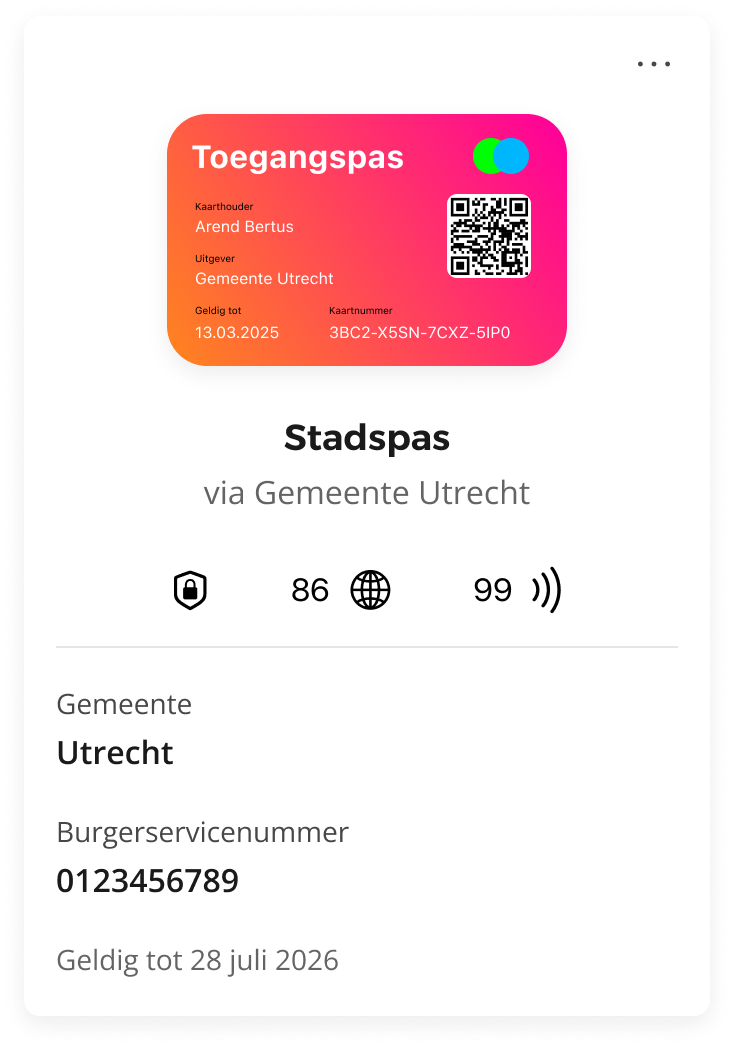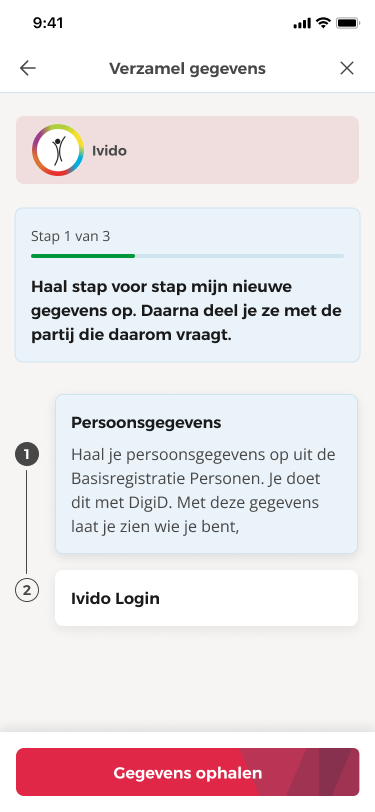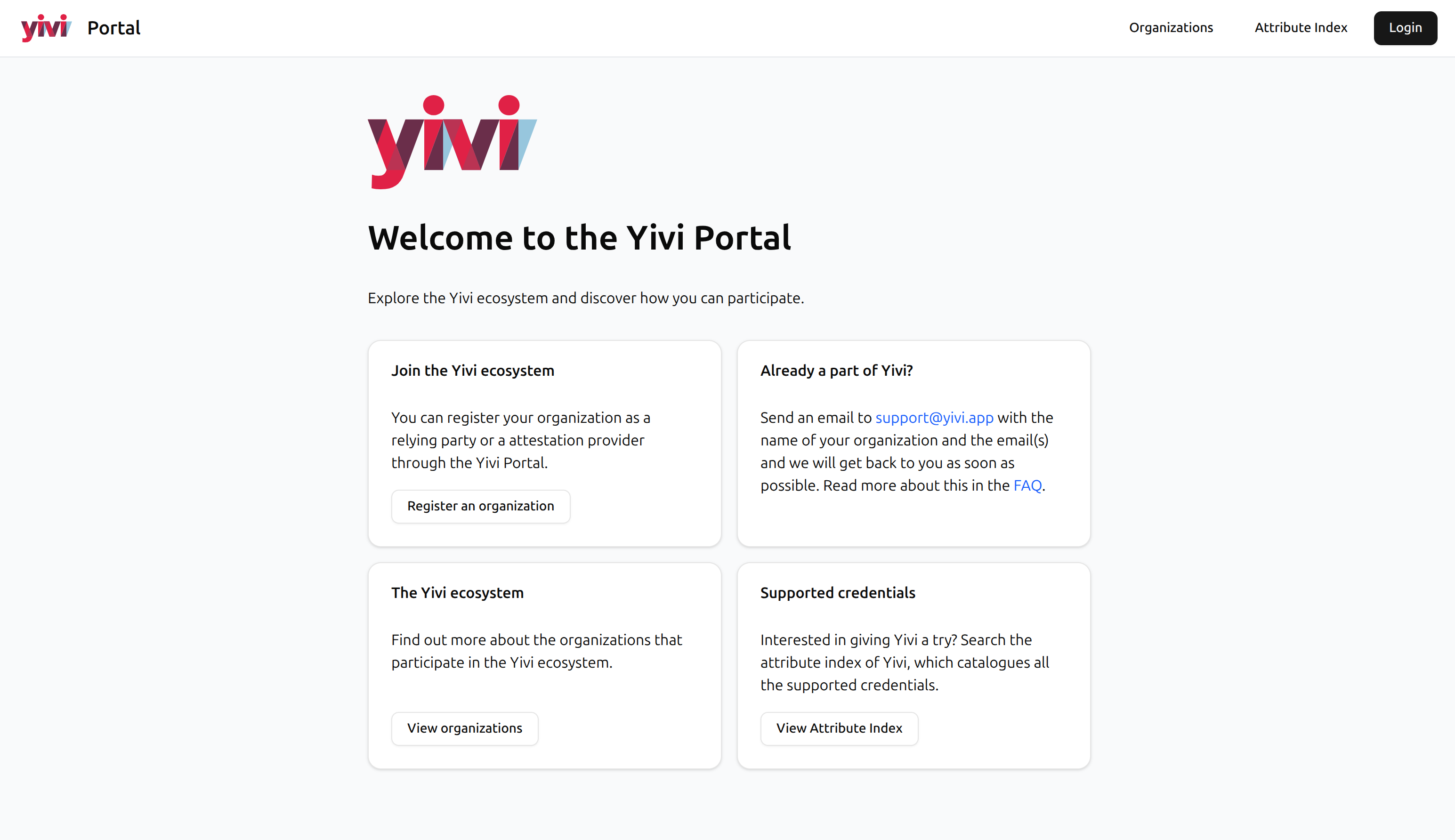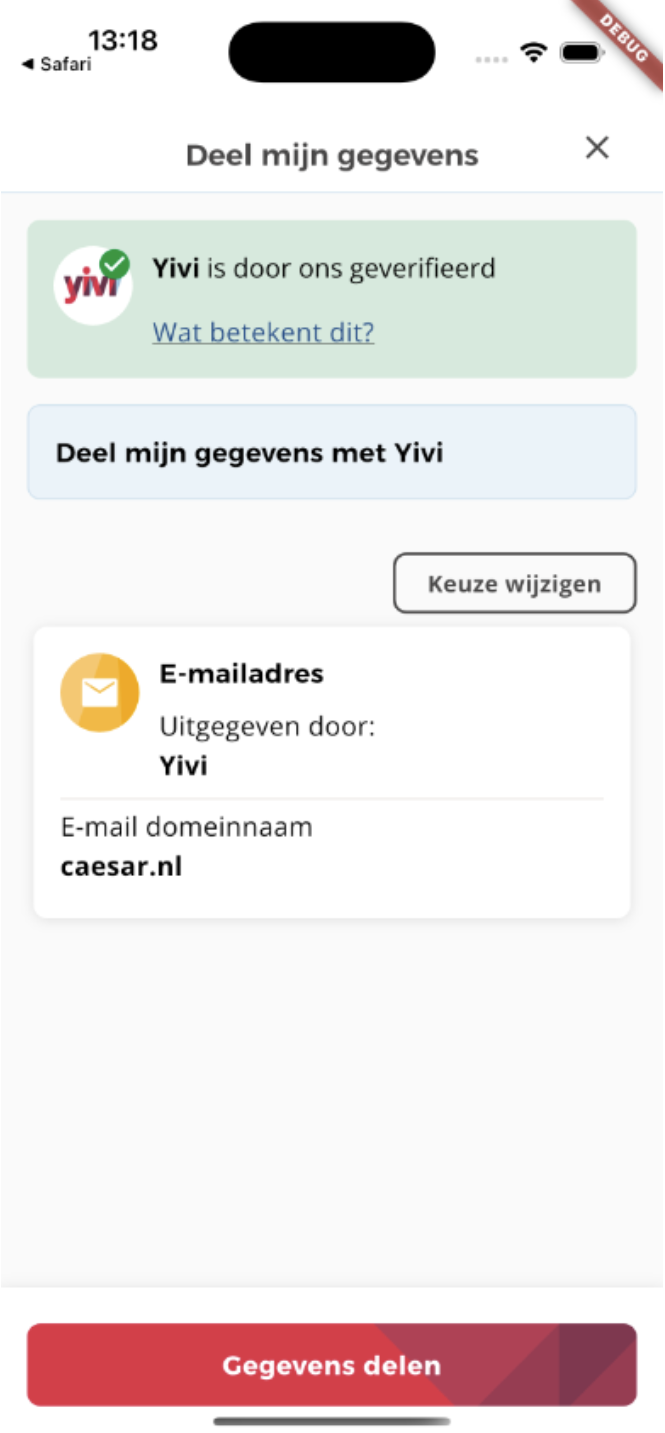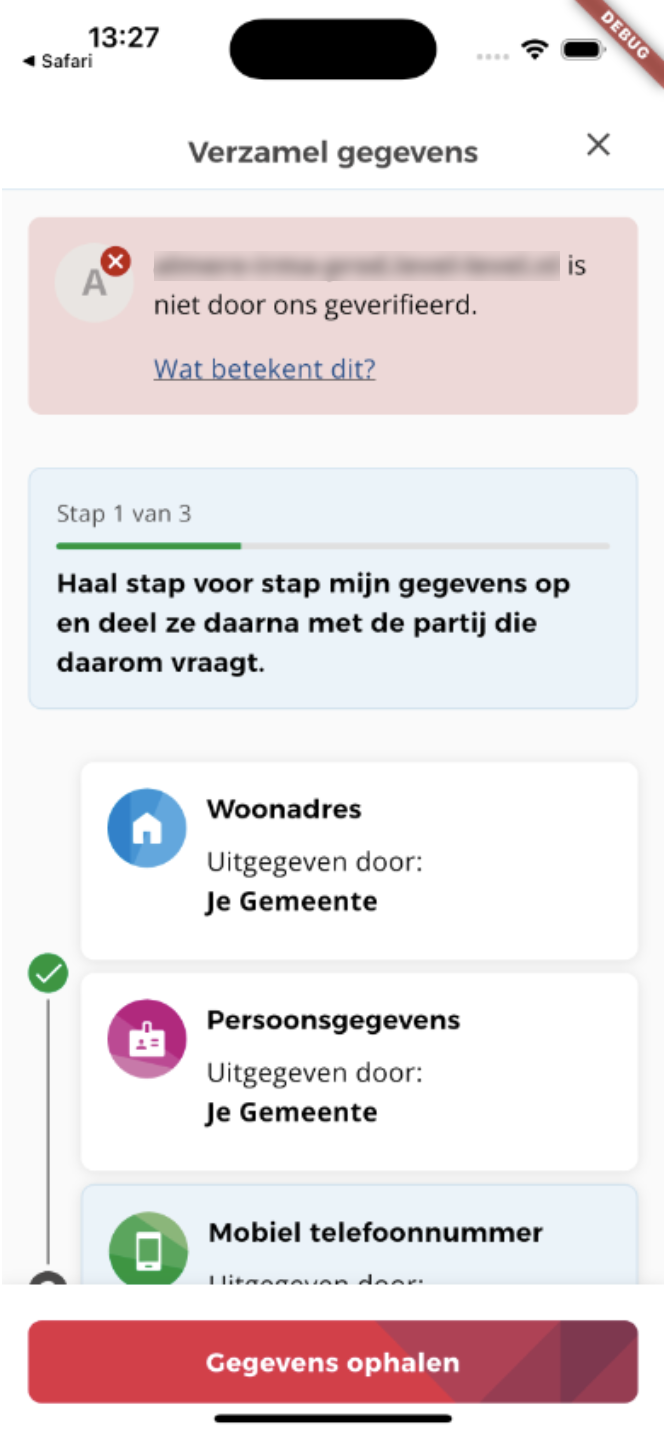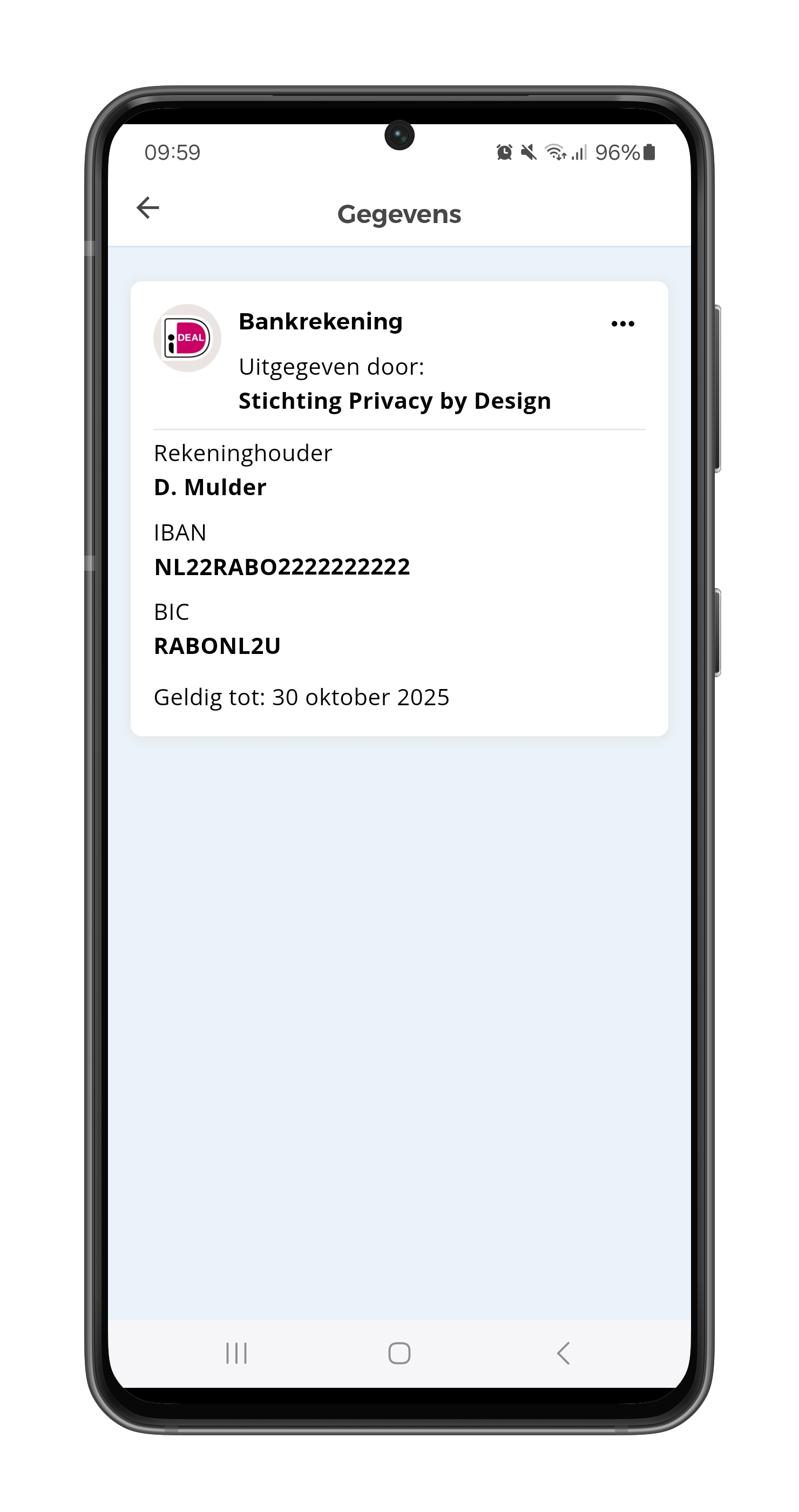Protecting minors, today and tomorrow
The European Commission is preparing a temporary age verification app, aimed at protecting minors on platforms where a minimum age is required—think of online pornography, gambling, alcohol sales, and certain social media services. In a digital world, it's legitimate to shield minors from harmful content. The Digital Services Act (DSA) already obligates large platforms to take protective measures, and the Commission is stepping in where compliance is lacking. A technical solution to verify age online is therefore urgently needed.
In May 2025, the European Commission launched formal investigations into major online pornography platforms for potentially breaching the DSA’s rules on protecting minors. Specifically, the Commission suspects that these platforms may not have effective age verification systems in place, allowing minors to access explicit content too easily. These investigations mark the first enforcement steps of this kind under the DSA, sending a strong signal that the EU intends to hold Very Large Online Platforms (VLOPs) accountable. In announcing the probes, the Commission also referenced its ongoing work on a temporary age verification solution. This tool, they noted, could help platforms meet their obligations while respecting users’ privacy and avoiding repeated identity checks.
The proposed app — a sort of mini European Digital Identity (EUDI) wallet — will allow users, starting in July 2025, to prove their age without repeatedly uploading ID documents. After installation, users verify their age once (e.g., through a passport scan, bank app, or eID login). From then on, the app can inform websites whether a user is over 18 without revealing personal data, according to the Commission. This temporary solution is meant to bridge the gap until the full rollout of EUDI wallets expected at the end of 2026. The initiative is understandable, the goal is to make the internet safer for minor while providing adults with a digital tool to prove age quickly and privately. Yet the implementation raises key concerns — especially in the realm of privacy. EDRI did a position paper on this topic and identified several risks on this topic, including privacy related risks such as : Violating children’s privacy and data protection rights and Making anonymity online difficult or impossible. Its important that these topics are addressed well by the solution.
A heavy tender favors large players
To build the age verification app, the Commission launched a public tender in October (with a deadline in mid-November 2024). The requirements were steep: only large entities or consortia with over substantial revenue, multiple large projects in their portfolio, and a stack of certifications were eligible. The winning team also had to include a privacy lawyer with at least seven years of experience, among others. This effectively excluded privacy-focused innovators—such as Yivi, the Dutch privacy-by-design identity wallet—from competing. Despite an attempt to qualify, Yivi could not meet the legal and bureaucratic criteria within the short timeframe. Ultimately, the contract went to a consortium of T-Systems and Scytales (“T-Scy”), who are delivering a white-label app.
While the Commission's choice of a well-established vendor is understandable from a risk-management perspective, it comes at a cost. In its requirements, the tender explicitly asked for experience with selective disclosure and zero-knowledge proofs (ZKPs)—advanced techniques to verify attributes (like age) without exposing identities. Solutions like Yivi are built around these principles, yet their lack of size and formal certifications ruled them out in advance. The result: a conservative implementation that checks the must have requirements, but fails to raise the bar on privacy.
A first look at the App
The Android version of the Age Verification App provides our first hands-on insight, as an iOS counterpart is not yet publicly available. Under the hood, the Android app heavily reuses components from the EUDI Wallet ecosystem. In fact, the codebase is a fork of the official EUDI Android Wallet reference application, built on the Architecture Reference Framework (ARF). This means the app consumes the EUDI Wallet Core SDK and integrates modular libraries for issuing credentials and creating verifying presentations. Essentially, the consortium didn’t start from scratch but repurposed the existing digital identity wallet architecture (Wallet Core, Issuer, Verifier modules, etc.), tweaking it for the specific use case of age attestation.
The iOS version of the Age Verification App has not been developed or is not open sourced yet.
Being based on the EUDI reference wallet, the app benefits from an established architecture — but also inherits its complexity. Early interoperability testing suggests quite some instability and immature areas in the EU’s implementation. This isn’t surprising: the solution’s architecture is multi-layered and involves multiple programming languages and frameworks. Moreover, the standards it implements are still evolving. The app currently follows draft specifications for credential exchange, such as OpenID4VP draft 23, and OpenID4VCI draft 14 for issuance – versions that are already outdated as these specs continue to mature. With such a layered setup and moving targets in standards, bugs and inconsistencies were inevitable. Indeed, the project itself labels this release as a "foundational prototype" not ready for production use. The code comes with clear warnings about possible errors, missing features, and reduced security/privacy assurances in this initial version. All of this underscores that while the core concept works, it’s far from a polished, stable product in its current state.
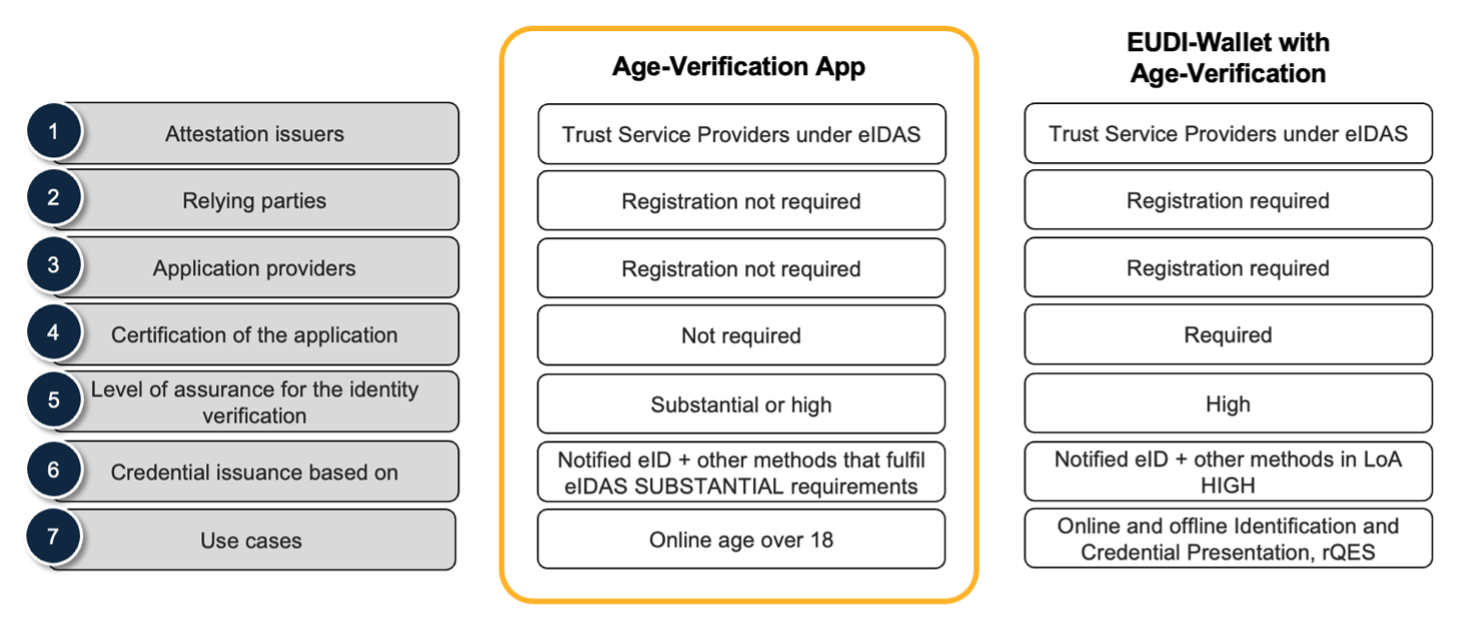
On a positive note, the Android app is reasonably accessible in terms of device support. It runs on Android devices as old as API level 28 (Android 9 Pie, circa 2018), which means a wide range of smartphones – even some 5+ years old – can use it. This broad compatibility is important for an EU-wide tool. However, the app’s reliance on older draft standards may limit interoperability with newer or alternative wallets unless updates are made. Our testing with Yivi revealed integration challenges, hinting that the Commission’s wallet components are not yet fully spec-compliant or robust when interacting with non-official wallets. These findings point to a need for further refinement: streamlining the architecture, consolidating layers, and tracking spec updates to improve stability. The Commission and its developers are likely aware of these issues – the open-source project invites feedback and explicitly notes that many features will evolve before any real-world deployment.
Requesting a Proof of Age
One of the first questions for any age verification system is: How does a user actually obtain an age credential? According to the technical documentation, the app should ultimately support a mix of methods to request and generate a proof of age. These include:
- National eID schemes – e.g. using your country’s electronic identity (online ID card or digital ID login) to confirm your age.
Document-based verification – scanning a physical ID document (passport, driver’s license, national ID card) via the app to extract and confirm your date of birth.
- Open banking / bank KYC – leveraging your bank or payment provider (which has done Know-Your-Customer identity checks) to attest that you are over a certain age. For instance, linking the age-check app to a banking app that can confirm you’re an adult.
- Mobile network SIM authentication – using mobile operator data (since getting a SIM card often requires age identification) to issue an age attribute.
- Third-party attestations – other avenues like notaries or certified age-proof providers could issue an attestation of age.

This sounds comprehensive, but the current beta falls short of covering any of these. As of now, the only fully implemented method is the eID-based flow. In practice, that means a user must authenticate with a supported national digital identity provider to retrieve an age credential. If your country issues citizen eIDs or has an eIDAS-notified scheme, the app can redirect you to that system for login, and then receive proof of your date of birth or an "Over 18" attribute. However, almost no EU country currently has a usable national eID for this purpose. The Netherlands, for instance, has no notified eID scheme under eIDAS yet. In such cases, the Age Verification app has no government-issued ID to tap into.
The lack of document scanning or other alternatives is a glaring gap, considering that the tender specs explicitly call for support of physical ID cards and open-banking methods. Those features simply haven’t been built yet in this prototype. As a result, many users would have no way to get an age proof with the current app. The developers acknowledge this limitation: additional issuance methods beyond the initial eID route are slated for future releases.
It’s worth contrasting this with Yivi, a homegrown European alternative that is already operational in production environments. Yivi is a privacy-by-design identity wallet that can issue and share age attestations today. It supports multiple verification methods that the EU app is still missing. For instance, a Dutch user can use Yivi to pull personal data from their municipality records via DigiD and instantly get a verified date of birth – enabling an "over 18" proof without storing anything centrally. Yivi also supports bank-mediated verification and other attributes through its open ecosystem. In short, the technology to privately prove one’s age exists and is being used in practice. Futhermore in contrast to the EU app Yivi implements a crypto-agile vision enabling users to choose the most privacy friendly technology out there, leveraring an Idemix Zero Knowledge Proof identity system that has unprecented features like relying party unlinkability and issuer unlinkability. In other words, even if the issuer of the personal data and the verifier (such as a porn website) collude, they still cannot profile users. This ensures that minors can use a privacy-by-design app without worrying about their anonymity being compromised. This raises a key point onm the Commission’s solution, while commendably emphasizing privacy, is essentially catching up to approaches already pioneered by privacy-first identity tools. The hope is that as the EU app expands to support document scans and bank IDs, it will do so in a way that’s interoperable – so that proven solutions like Yivi or others could plug in or be recognized as legitimate age verification providers in the ecosystem.
Whitelabel implementation by Member States and Age Verification App Providers
The European Commission’s plan is not to directly publish one app for all EU citizens, but to offer a white-label solution that Member States (or their appointed providers) will customize and deploy. The open-source code and technical specs have been published as a toolbox, and now governments or authorized parties in each country are expected to take it from beta to production. In theory, this means each Member State would add their branding, language, and integrate their national eID systems or databases, then release the app to their residents. This distributed implementation strategy respects national differences – each country can adapt the age verification app to "its national circumstances", as well as integrate with whatever local ID infrastructure is available. However, here lies a challenge: many Member States are behind schedule on even the broader EUDI Wallet rollout, let alone this niche age-checker. The EUDI Wallet is only mandated by 2026 and is still under design debate. Few countries have advanced digital ID apps ready now, expecting them to implement the Age Verification App in 2025 may be optimistic.
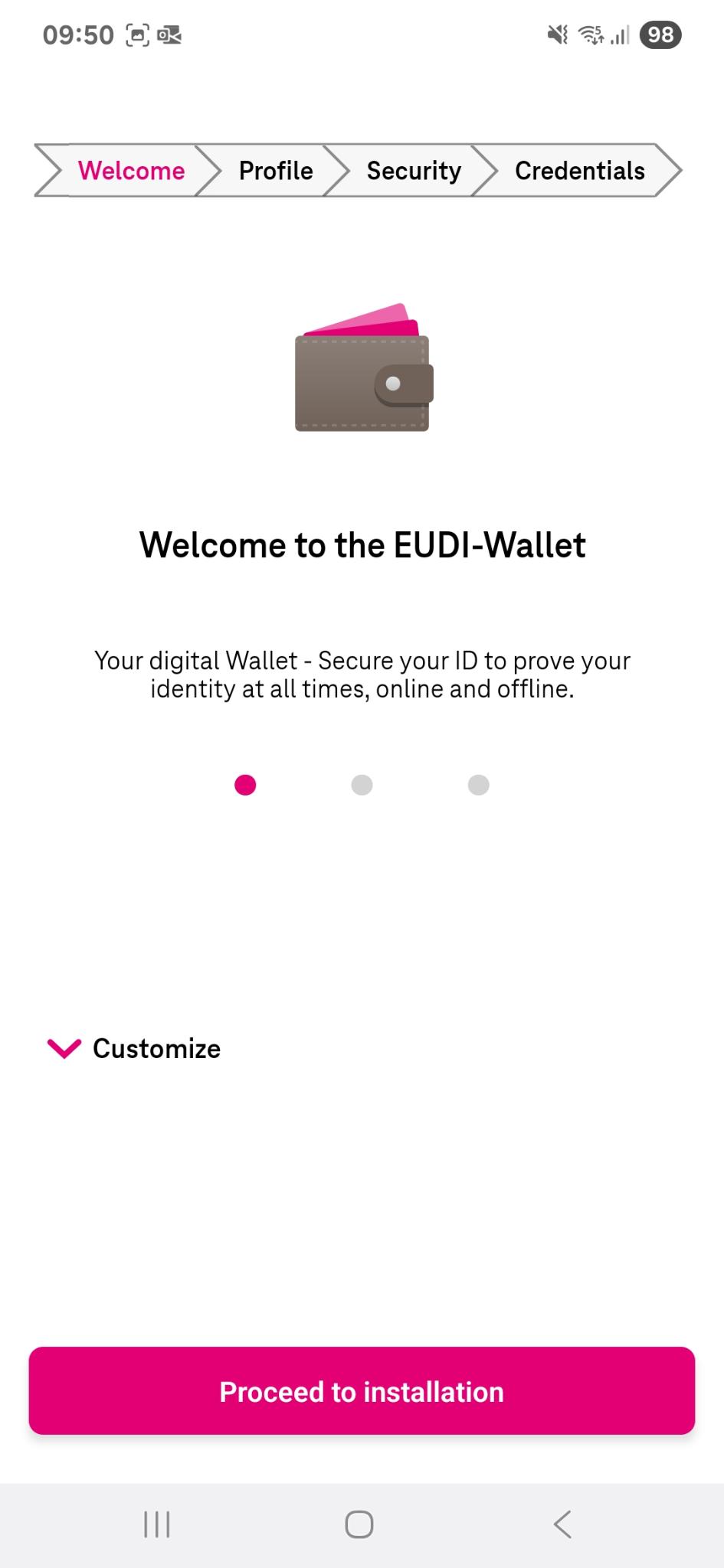
So, who will actually provide and run these apps? In some cases, governments might build and operate them via internal digital agencies. In others, they might outsource to companies – the Age Verification App Providers in practice. The term "Age Verification App Provider" isn’t formally defined in public docs, but we can infer it means any entity (public or private) that stands up an instance of the age-check app for users. Given the tight timeline and technical complexity, we might see countries piggyback on existing digital identity providers or national partners. For instance, a country without a ready eID might enlist a bank consortium or telecom companies to issue age credentials (since banks and mobile operators have KYC data on citizens).
A missed opportunity for privacy by design
The developed Android application does not use Zero-Knowledge Proofs, despite being mentioned in the tender as a specification. Instead, it falls back on more conventional mechanisms like hashed attributes and batch issuance — where age attestations are issued in large batches to reduce traceability. This may provide some unlinkability, but it’s far from the level of privacy that ZKPs offer.
And that’s a missed opportunity. The EU presents itself as a global leader in privacy — think of the GDPR — and the new eIDAS 2.0 regulation explicitly mandates selective data disclosure and unlinkability as foundational principles. In public debates on digital rights, there is growing concern over surveillance. The age verification app could have been a flagship example of how the EU protects children without undermining civil liberties. Unfortunately, in its current form, it falls short of that ambition.
A group of cryptographers who analyzed the underlying cryptografy of the EUDI-wallet specifications concluded that the design choices do not meet the privacy standards set by the EU itself, and recommended a major overhaul. Their verdict: hashed attribute mechanisms are insufficient to meet the legal and ethical standards embedded in eIDAS 2.0. The technology exists to do better — so why settle for less?
Yivi: A Privacy-First European Alternative
This is where Yivi enters the picture. Yivi is an open-source identity wallet developed in the Netherlands. It’s already capable of issuing and verifying selective attributes like "age over 18" based on the user’s control. Yivi has a comprohensive Zero-Knowlegde-Proof identity scheme that has unique features like issuer and relying party unlinkability, selective disclosure, and user consent by design. In short, it's a working proof that privacy and utility can coexist.
Yivi is also actively preparing for interoperability with the upcoming European Digital Identity (EUDI) Wallet. It is aligning with emerging technical standards such as the eIDAS 2.0 architecture, while staying true to its privacy-by-design. This forward-looking approach makes Yivi a strong candidate for crypto-agile, modular identity frameworks — exactly the kind of architecture the EU should be fostering. Supporting projects like Yivi ensures that Europe doesn't just follow but leads in the development of citizen-friendly digital identity.
A common argument against privacy-preserving identity schemes such as those based on zero-knowledge proofs (ZKPs) is the supposed reliance on secure hardware like Hardware Security Modules (HSMs). However, this objection loses relevance at the "substantial" assurance level defined under eIDAS. In this category, the use of HSMs is not a strict requirement, and the practical deployment of credential issuers—such as those offering Proof of Age — does not necessarily involve them. This opens the door for lightweight, software-based implementations that still meet the regulatory bar, without compromising user privacy or accessibility.
Rather than sidelining such innovation, the EU should engage and integrate these ideas during the next development phases. Let this “temporary” app be a learning platform — not the final form. Involve developers, privacy watchdogs, and user representatives early. Evaluate usability, fix real-world challenges (e.g., sharing of age credentials among teens), and evolve the system based on that feedback. Only then can we build a solution that inspires confidence rather than skepticism.
Conclusion
In conclusion, while the European Commission’s Age Verification App reflects a commendable intent to protect minors online while respecting privacy, its current trajectory appears unrealistic. The core requirement — Proof of Age Attestation Providers — is not yet fulfilled, and with Member States already struggling to meet EUDI Wallet deadlines, this initiative risks adding unmanageable pressure. Though the political will is evident and the bar for assurance has been lowered to accelerate adoption, the infrastructure simply isn’t there. Without viable providers and operational frameworks, the timeline is not feasible.
In contrast, Yivi offers a proven, privacy-respecting solution that’s already operational in the Netherlands and can be readily adapted for use across Europe. Rather than pushing a fragile and overly ambitious prototype, the Commission would do well to consider building on working implementations like Yivi to deliver on its goals more effectively and sustainably.








